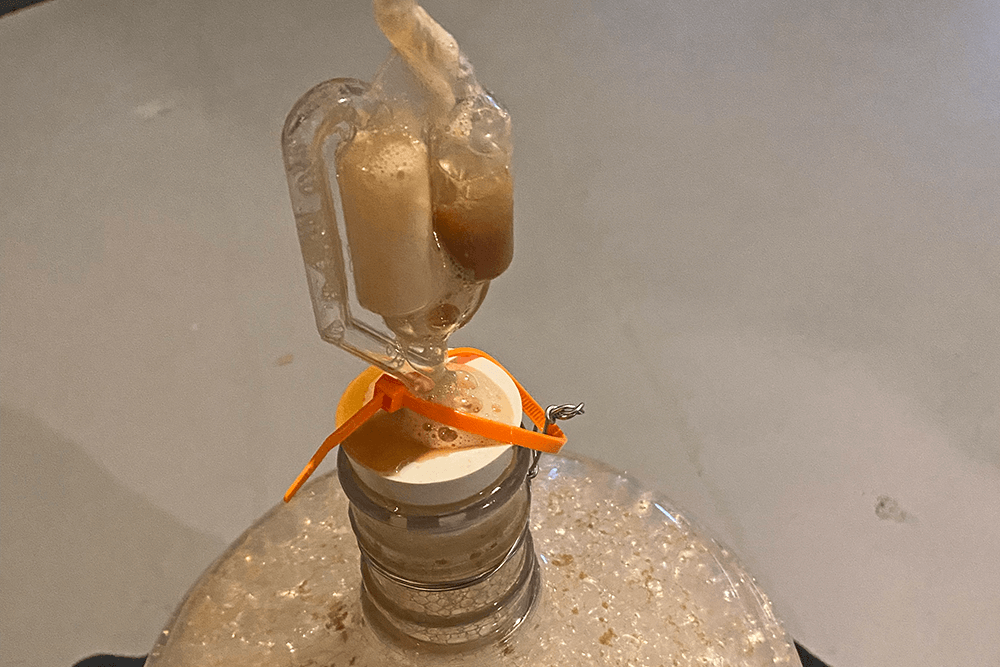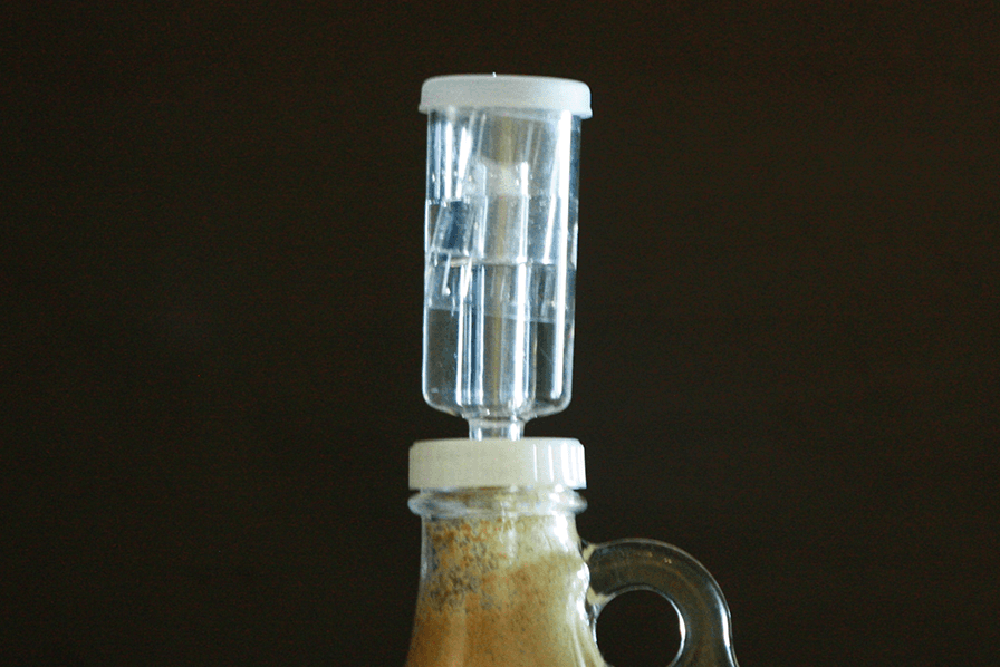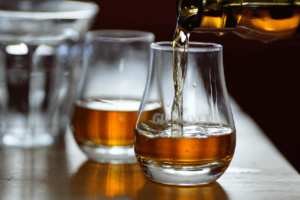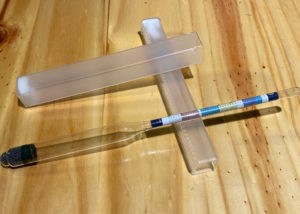Step 4:
SECONDARY / RE-RACK
SECONDARY FERMENTATION OR RE-RACKING
Secondary fermentation, also known as re-racking, is the process of transferring the mead from the primary fermentation vessel to a secondary vessel.
Secondary fermentation, also known as re-racking, is the process of transferring the mead from the primary fermentation vessel to a secondary vessel. This is done to separate the mead from the lees (sediment) that has accumulated at the bottom during primary fermentation, which can negatively impact the taste and clarity of the mead if left in contact for too long.
To start, you will need a sanitized secondary fermentation vessel, which can be a carboy or another similar container. You will also need a siphoning tube or auto-siphon, which is used to transfer the mead from the primary to the secondary vessel.
Before re-racking, it’s important to ensure that primary fermentation is complete. To confirm that fermentation has finished, you can use a hydrometer to measure the specific gravity of the mead, which should remain stable for a few consecutive days or when bubbling from the airlock has stopped or minimized to 1 bubble every few minutes.
Once you have confirmed that primary fermentation is complete, carefully transfer the mead from the primary vessel to the secondary vessel using your siphoning tube or auto-siphon. Be sure to avoid transferring any of the lees that has accumulated at the bottom of the primary vessel.
During secondary fermentation, you can choose to add additional flavorings or ingredients to further enhance the taste and color of the mead. This can include things like fruit, spices, or oak chips. Simply add your desired ingredients to the secondary vessel and let the mead sit for a few more weeks to allow the flavors to fully develop and to allow for more clarity.
After the secondary fermentation is complete, you can choose to transfer the mead to another clean carboy for additional aging or bottle the mead for consumption. It’s important to note that some meads can benefit from extended aging, so it’s always a good idea to taste test periodically to determine the optimal time for bottling.
– Content on this site was created by or with the help of the ChatGPT and the OpenAI project.
This site is a participant in the Amazon Services LLC Associates Program and As an Amazon Associate may earn from qualifying purchases.

transfer from primary






